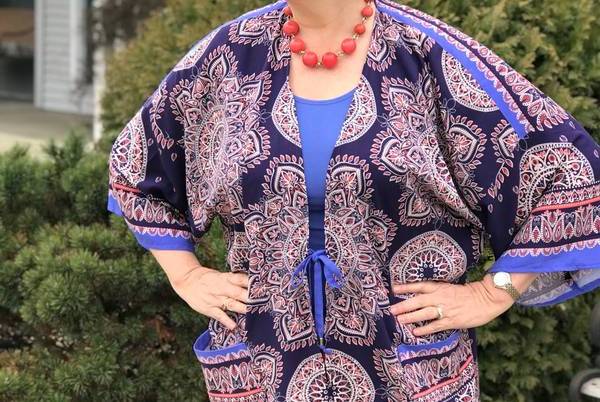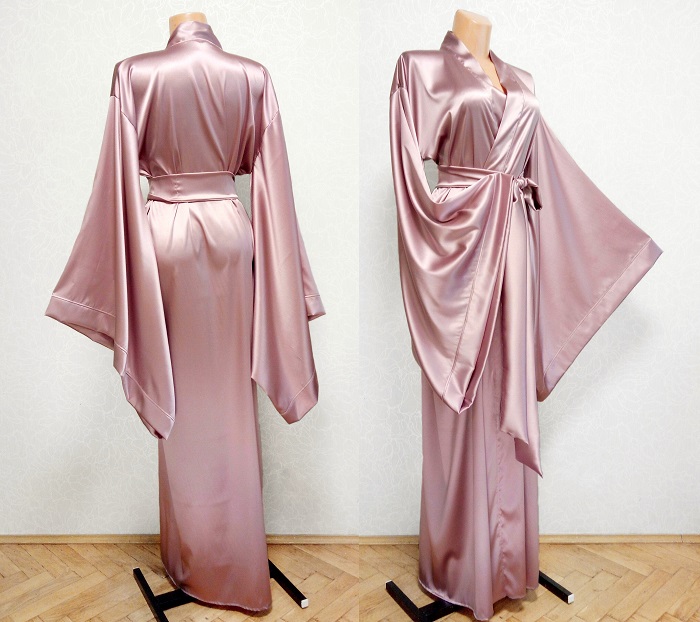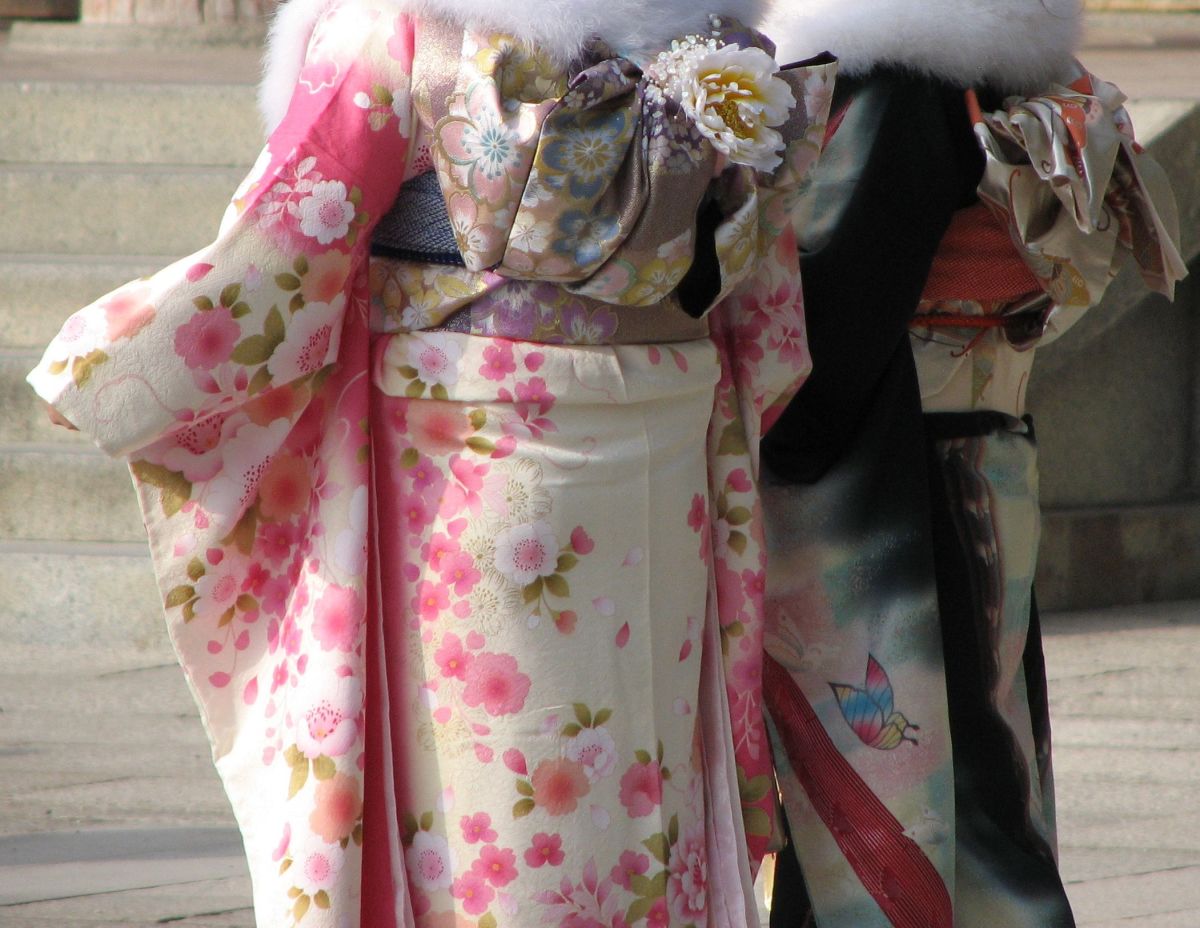What fabric is best for a kimono? This question has many answers, and some of them are related to the budget you want to spend and the care you have to do with the garment.
There are different types of fabrics for kimono: silk, cotton, polyester, wool. What is the best option for this garment of Japanese clothing? In the article, we will discuss the main differences that a kimono can present according to its fabric. So, you can choose the best silk kimono fabric to start your business.
What fabric is best for a kimono?

Budget. A silk kimono is more expensive than a cotton kimono or a polyester kimono. The use of polyester in the manufacture of kimonos has been a revolution, both for its prices (much more competitive) and the wide variety of prints and fabrics.
Kimono care. Kimonos made of polyester or cotton are the easiest to care for and wash. That is, they are much easier to maintain, and this must also be taken into account. The kimono is not a garment that can be stored directly in the closet. You have to know what is the best way to store it to maximize its good condition.
The kimono made of polyester is ideal for daily use. The silk kimono is the one that requires the most elaborate maintenance, followed by the wool kimono and, lastly, cotton and polyester. In any case, you do not have to worry excessively about this issue. I recommend that you consult the store where you buy your kimono, what is the care that this garment needs. If you want to know some stores, you can consult the article by Japanese kimono.
Examples of kimono fabric
When should I choose a patterned kimono fabric? When should I choose a single color d kimono fabric?
The choice of pattern or a plain fabric will depend on the use you want to give your kimono. In the article about women’s kimono and men’s kimono, we already saw that in addition to the long and more traditional kimono, there is also the haori jacket. The haori is one of the most successful options in the west because it is very versatile, easy to combine, ideal for events, parties, day-to-day, etc. In the west, the choice of our kimono is made based on our tastes. However, in Japan, traditional kimonos are chosen based on the type of event or situation to be attended. For example:
Black kimono for mourning
If you go to japan or it is a formal event, I recommend that you inform yourself in advance of the protocol. To give you an idea, here are some general notes. However, I remind you again of the importance of consulting in the store the most appropriate care for the garment since each kimono is unique and there may be important differences between kimonos that may appear the same.
The following list includes the type of fabric for the kimono with the least maintenance difficulty, the one with the greatest difficulty. In all cases, you should always avoid direct contact with the sun.
Polyester or synthetics
Before washing it, you can rub with a brush with soap for delicate clothes those areas that are dirty.
It can be washed by hand or in the washing machine. Short programs are recommended since it is not a garment that is especially dirty. If you wash it in the washing machine, it is better not to mix it with other clothes. It is also recommended to fold it and put it in a mesh bag usually used for delicate clothes.
In the case of handwashing, it is not necessary to rub too much.
Do not use high temperatures (no more than 30 degrees), and the perfect is to use cold water. Use a mild detergent or the one you use for delicate clothes.
Drying is not recommended. It can be ironed to remove wrinkles. Store in a horizontal position.
Cotton
We have already mentioned that the yukata is also one of the easiest kimonos to use and maintain. For these reasons, the care is very similar to that discussed in the previous point for synthetics.
Wool
It is important to air the kimono once it is used. Being made of wool, it can be taken to a dry cleaner. Also, ask if it can be dry cleaned. For ironing, do not forget that a cloth or cloth must be placed over the kimono so that the iron does not touch the kimono fabric directly. It is also stored horizontally, and if possible, use a specific wrap for kimonos.
Silk

When a stain appears, it is not recommended to rub the area since silk kimonos are usually made of delicate old silks, and rubbing can cause the garment to fade or deteriorate. So that you can imagine the complexity and importance of good care of the kimono, in the past to wash it, the garment was unstitched and each part was washed independently.
With kimonos, precautions must be taken to prevent them from being damaged. For example:
- Ventilate the kimono every time it is used (between one and two days).
- Do not use perfumes.
- Do not wet the fabric and if it happens, do not rub it with soap or alcohol so that it does not spoil.
If you want to iron it, you must use the same measure that we mentioned with the wool kimono, that is, use a cloth so that the iron is not in direct contact with the kimono. It should be stored horizontally with concrete paper to store and preserve the kimonos from moisture.
Did you know the factors that we have mentioned to select the fabric of your kimono? What type of fabrics do you like best for this Japanese silk kimono garment for your kimono shop?

